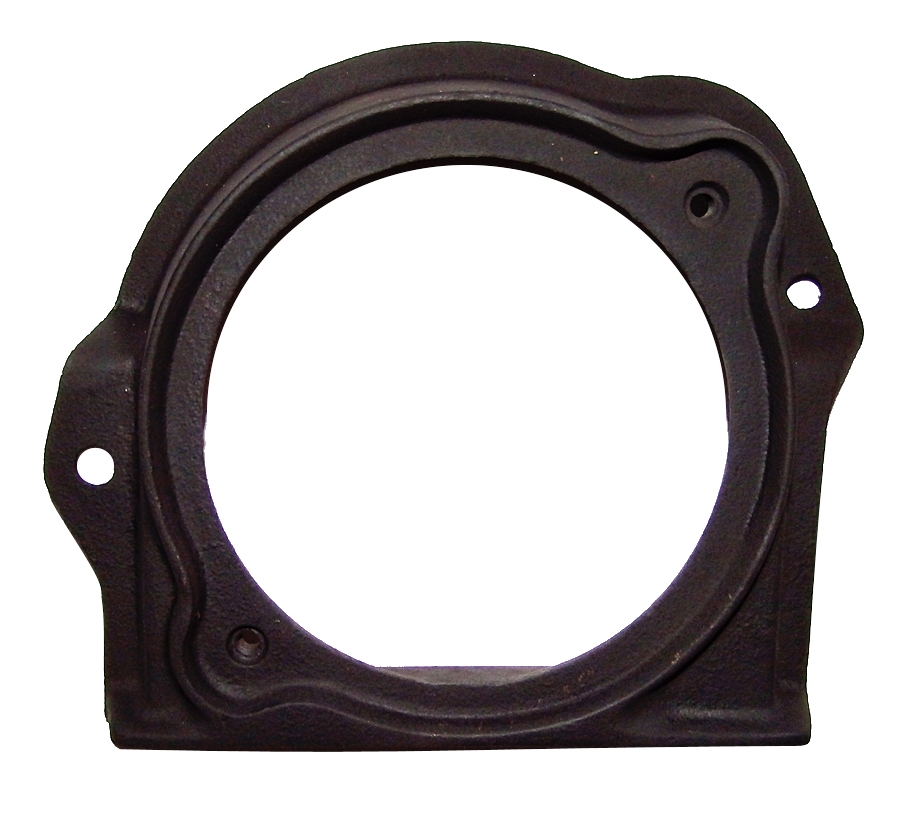A fire requires three things to grow and maintain its flames: ignition, fuel, and airflow. Of the three, airflow also determines the efficiency and safety of your fire. The more airflow you have, the stronger your fireplace draws air and the faster your wood burns and heats. The less airflow you have, the slower, hotter, and smokier the fire becomes.
With no airflow, the fire will have trouble igniting and staying lit. It will also expel excessive smoke into your room, creating nasty breathing issues and leading to messy smoke, creosote buildup, and carbon monoxide poisoning - all of which are extremely dangerous.
In fireplaces and stoves, a flue is responsible for creating the airflow you need. This article takes a deeper look into how a flue works and how to install, clean, and maintain a flue to ensure it works properly.
What is a Flue?
A flue is a pipe or chimney carrying exhaust gases from fires. They either come as factory-built metal pipes that you can assemble or as masonry chimneys that must be built.
Fire-based systems require a flue, including:
- Fireplaces
- Wood stoves
- Oil-fired furnaces and boilers
- Gas-fired furnaces and boilers
- Pellet stoves
You will see flues on all models of stoves, including:
Wood stoves by Jøtul, Vermont Castings, Hearthstone, Lopi, Morso
Gas stoves by Jøtul, Mendota, Fireplace Xtrordinair, Vermont Castings, Kozy Heat
Pellet stoves by Harman, Lopi, Quadra-Fire, Enviro, Englander
How Does a Flue Work?
It works thanks to a natural draw that comes when hot air rises. A flue sits above the fire, collects the hot gases and smoke from the fire, and draws them up and out of the appliance. As the air moves up the flue, it creates a partial vacuum that pulls fresh air inside the appliance for improved combustion.
Issues to Be Aware of With a Flue
There are a few factors to be aware of when using a flue:
Flues Require Maintenance and Cleaning
Wood gases will cool on their way up the chimney and condense to form a layer of tar and creosote inside the flue. This layer will continue to build over time, restricting airflow further and restricting your fireplace or stove's efficiency while increasing the smoke inside your home. This same creosote can also combust and create a dangerous home fire. Regularly inspecting and cleaning your flue is critical to prevent these issues.
You Should Have the Right Size Flue for Your Stove or Fireplace
Flues should be sized correctly for the appliance they are venting. If the flue is too small, it will constrict the exhaust gases and cause the stove to backdraft smoke and carbon monoxide. If the flue is too large, the exhaust gases will cool too quickly and won't draft properly. The best sizing is what the appliance manufacturer recommends. On solid fuel, you may increase, but are not allowed to decrease flue size below the manufacturer's recommendation.
How You Install Your Flue is Important
Flues must be installed according to the manufacturer's instructions and local building codes. Improper installation can lead to the dangerous backdrafts just mentioned, as well as leaks and inferior fires.
Types of Flues
There are two main types of flues:
Factory-Built Metal Flues are typically made from stainless steel or galvanized steel. They come in a broad range of sizes and shapes to fit different types of appliances and installation situations.
Masonry Chimneys are typically made of brick or stone and are common in older homes.
How to Clean a Flue
You should clean your flue regularly to prevent dangerous chimney fires. If you choose to clean it yourself, you will need a ladder, a chimney brush, and an ash vacuum cleaner with a long hose.
- Start by vacuuming the fireplace or stove to remove any ashes or debris.
- Climb the ladder and brush the flue from top to bottom, using a wire brush if necessary. Wear a dust mask to avoid breathing in the dust.
- Vacuum the flue from top to bottom to remove any loosened debris.
- Repeat the steps above until the flue is clean.
- Throughout the cleaning process, look for any cracks, damage, or blockages. If you find any damage, you should repair them to maintain the maximum efficiency and safety of your stove or fireplace. If you spot any creosote buildup inside the flue that is thicker than 1/4", you should clean it immediately.
How to Maintain Your Flue
Regular inspections are the key to ensuring the flue works as it should. Use a mirror and flashlight and inspect the flue for damage or creosote once a month. Here are some other tricks to get the most out of your flue:
- Make sure the damper is open when using your fireplace or stove. The damper works as a door by controlling the airflow to your flue. Open it wide for maximum airflow to ignite and build up your fire. Then partially close the damper to build a slower, hotter flame.
- Never burn trash or green wood in your fireplace or stove. These materials can create excessive smoke when burned, leading to creosote buildup. Trash can also expel dangerous gases into the air. Green wood is also not an efficient method of burning wood.
Use Your Flue to Send Danger Up, Up, and Away!
A flue is an important element of your stove or fireplace for maintaining a safe, warm, and efficient fire. By cleaning and maintaining it, you can maintain those benefits longer – and cheaper.


/1003/site-assets/logo.png)


